The NVIDIA GeForce GTX 780 Ti Review
by Ryan Smith on November 7, 2013 9:01 AM ESTHands On With NVIDIA's Shadowplay
Though it’s technically not part of the GeForce GTX 780 Ti launch, before diving into our typical collection of benchmarks we wanted to spend a bit of time looking at NVIDIA’s recently released Shadowplay utility.
Shadowplay was coincidentally enough first announced back at the launch of the GTX 780. Its designed purpose was to offer advanced game recording capabilities beyond what traditional tools like FRAPS could offer by leveraging NVIDIA image capture and video encode hardware. In doing so, Shadowplay would be able to offer similar capabilities with much less overhead, all the while also being able to utilize the NVENC hardware H.264 encoder to encode to space efficient H.264 rather than the bulky uncompressed formats traditional tools offer.
With Shadowplay and NVIDIA’s SHIELD streaming capabilities sharing so much of the underlying technology, the original plan was to launch Shadowplay in beta form shortly after SHIELD launched, however Shadowplay ended up being delayed, ultimately not getting its beta release until last week (October 28th). NVIDIA has never offered a full accounting for the delay, but one of the most significant reasons was because they were unsatisfied with their original video container choice, M2TS. M2TS containers, though industry standard and well suited for this use, have limited compatibility, with Windows Media Player in particular being a thorn in NVIDIA’s side. As such NVIDIA held back Shadowplay in order to convert it over to using MP4 containers, which have a very high compatibility rate at the cost of requiring some additional work on NVIDIA’s part.
In any case with the container issue resolved Shadowplay is finally out in beta, giving us our first chance to try out NVIDIA’s game recording utility. To that end while clearly still a beta and in need of further polishing and some feature refinements, at its most basic level we’ve come away impressed with Shadowplay, with NVIDIA having delivered on all of their earlier core promises for the utility
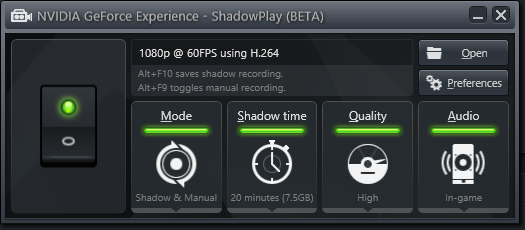
With regards to functionality, all of Shadowplay’s basic functionality is in. The utility offers two recording modes: a manual mode and a shadow mode, the former being self-explanatory while the latter being an always-active rolling buffer of up to 20 minutes that allows saving the buffer after the fact in a DVR-like fashion. Saving the shadow buffer causes the entirety of the buffer to be saved and a new buffer started, while manual mode can be started and stopped as desired.
| Shadowplay Average Bitrates | |||
| High Quality | 52Mbps | ||
| Medium Quality |
23Mbps
|
||
| Low Quality |
16Mbps
|
||
Next to being able to control the size of the shadow buffer, Shadowplay’s other piece of significant flexibility comes through the ability to set the quality (and therefore file size) of the recordings Shadowplay generates. Since Shadowplay uses lossy H.264 the recording bitrates will scale with the quality, with Shadowplay offering 3 quality levels: high (52Mbps), medium (23Mbps), and low (16Mbps). Choosing between the quality levels will depend on the quality needed and what the recording is intended for, due to the large difference in quality and size. High quality is as close as Shadowplay gets to transparent compression, and with its large file sizes is best suited for further processing/transcoding. Otherwise Medium and Low are low enough bitrates that they’re reasonably suitable for distribution as-is, however there is a distinct quality tradeoff in using these modes.
Moving on, at this moment while Shadowplay offers a range of quality settings for recording it only offers a single resolution and framerate: 1080p at 60fps. Neither the frame rate nor the resolution is currently adjustable, so whenever you record and despite the resolution you record from, it will be resized to 1920x1080 and recorded at 60fps. This unfortunately is an aspect-ratio unaware resize too, so even non-16:9 resolutions such as 1920x1200 or 2560x1600 will be resized to 1080p. Consequently at this time this is really the only weak point for Shadowplay; while the NVENC encoder undoubtedly presents some limitations, the inability to record at just a lower resolution or in an aspect ratio compliant manner is something we’d like to see NVIDIA expand upon in the final version of the utility.
Finally, let’s talk about performance. One of Shadowplay’s promises was that the overhead from recording would be very low – after all, it needs to be low enough to make always-on shadow mode viable – and this is another area where the product lives up to NVIDIA’s claims. To be sure there’s still some performance degradation from enabling Shadowplay, about 5% by our numbers, but this is small enough that it should be tolerable. Furthermore Shadowplay doesn’t require capping the framerate like FRAPS does, so it’s possible to use Shadowplay and still maintain framerates over 60fps. Though as to be expected, this will introduce some frame skipping in the captured video, since Shadowplay will have to skip some frames to keep within its framerate limitations.
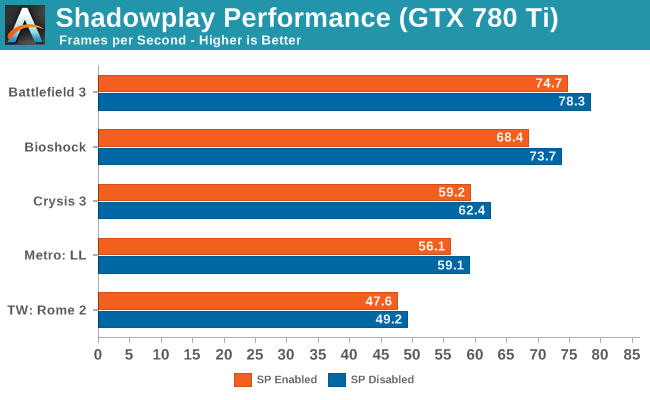
On a related note, we did some digging for a technical answer for why Shadowplay performs as well as it does, and found our answer in an excellent summary of Shadowplay by Alexey Nicolaychuk, the author of RivaTuner and its derivatives (MSI Afterburner and EVGA Precision). As it turns out, although the NVENC video encoder plays a part in that – compressing the resulting video and making the resulting stream much easier to send back to the host and store – that’s only part of the story. The rest of Shadowplay’s low overhead comes from the fact that NVIDIA also has specific hardware and API support for the fast capture of frames built into Kepler GPUs. This functionality was originally intended to facilitate GRID and game streaming, which can also be utilized for game recording (after all, what is game recording but game streaming to a file instead of another client?).
This functionality is exposed as Frame Buffer Capture (NVFBC) and Inband Frame Readback (NVIFR). NVFBC allows Shadowplay to pull finished frames straight out of the frame buffer directly at a low level, as opposed to having to traverse the graphics APIs at a high level. Meanwhile NVIFR does have operate at a slightly higher level to inject itself into the graphics API, but in doing so it gains the flexibility to capture images from render targets as opposed to just frame buffers. Based on what we’re seeing we believe that NVIDIA is using NVFBC for Shadowplay, which would be the lowest overhead option while also explaining why Shadowplay can only capture full screen games and not windowed mode games, as frame buffer capturing is only viable when a game has exclusive control over the frame buffer.
Wrapping things up, it’s clear that NVIDIA still has some polishing they can apply to Shadowplay, and while they aren’t talking about the final release this soon, as a point of reference it took about 4 months for NVIDIA’s SHIELD game streaming component to go from beta to a formal, finished release. In the interim however it’s already in a very usable state, and it should be worth keeping an eye on in the future to see what else NVIDIA does to further improve the utility.
The Test
The press drivers for the launch of the GTX 780 Ti are release 331.70, which other than formally adding support for the new card is otherwise identical to the standing 331.65 drivers.
Meanwhile on a housekeeping note, we want to quickly point out that we’ll be deviating a bit from our normal protocol and including the 290X results for both normal (quiet) and uber modes. Typically we’d only include results from the default mode in articles such as these, but since we need to cover SLI/Crossfire performance and since we didn’t have 290X CF quiet mode results for our initial 290X review, we’re throwing in both so that we can compare the GTX 780 Ti to the 290X CF without being inconsistent by suddenly switching to the lower performance quiet mode numbers. Though with that said, for the purposes of our evaluation we will be focusing almost entirely on the quiet mode numbers, given the vast difference in both performance and noise that comes from using it.
| CPU: | Intel Core i7-4960X @ 4.2GHz |
| Motherboard: | ASRock Fatal1ty X79 Professional |
| Power Supply: | Corsair AX1200i |
| Hard Disk: | Samsung SSD 840 EVO (750GB) |
| Memory: | G.Skill RipjawZ DDR3-1866 4 x 8GB (9-10-9-26) |
| Case: | NZXT Phantom 630 Windowed Edition |
| Monitor: | Asus PQ321 |
| Video Cards: |
AMD Radeon R9 290X AMD Radeon R9 290 XFX Radeon R9 280X Double Dissipation AMD Radeon HD 7990 AMD Radeon HD 7970 NVIDIA GeForce GTX Titan NVIDIA GeForce GTX 780 Ti NVIDIA GeForce GTX 780 NVIDIA GeForce GTX 770 |
| Video Drivers: |
NVIDIA Release 331.58 WHQL NVIDIA Release 331.70 Beta AMD Catalyst 13.11 Beta v1 AMD Catalyst 13.11 Beta v5 AMD Catalyst 13.11 Beta v8 |
| OS: | Windows 8.1 Pro |


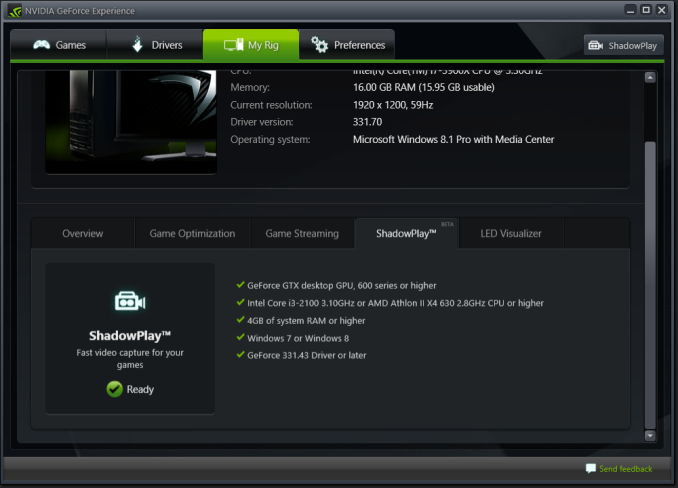
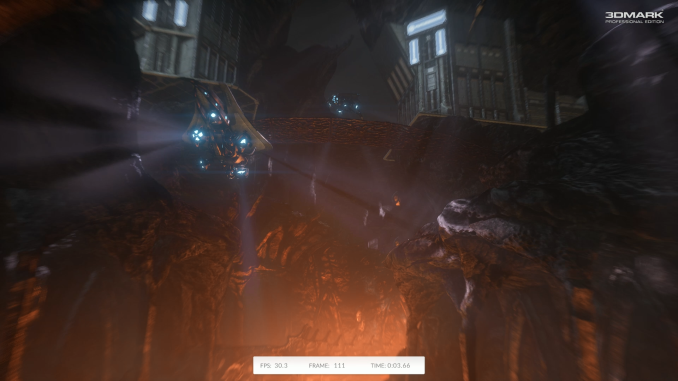

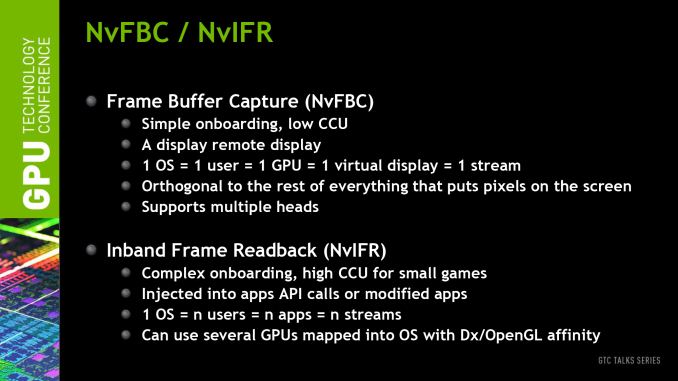














302 Comments
View All Comments
beck2448 - Tuesday, November 12, 2013 - link
They live in a dream world. Pros buy Nvidia 80% plus. That says everything about quality and reliability.Mondozai - Friday, December 13, 2013 - link
EJS, the buttboy for Nvidia, most sane people are non-fanboys.This means most people, including myself, skipped AMD the last few generations because they did a shitty job. We bought Nvidia hardware instead. Now, the roles will be changed with aftermarket coolers.
Also, please don't talk about mouthbreathers when you're literally chewing cowshit in your mouth everytime you're trying to say something. It stinks.
xdesire - Saturday, November 9, 2013 - link
You really don't know what you are talking about. Obviously, R9 290 holds great price/performance value but GTX 780 Ti has great OC potential out of the box. I'm afraid AMD shot themselves on their own foot with this reference coolerGrugtuck - Friday, November 8, 2013 - link
Any reason why the 900000000 pound gorilla in the room isnt mentioned here? 290x spanks the living **** out of the 780i in CF vs SLI. It makes me think that driver issues are still not fully sorted out.Ryan you sound like an absolute idiot when you say that no one is going to need SLI or CF any more. I also think its interesting how these days suddenly 60FPS is the standard to live by when it comes to FPS. I started playing PC games competitively back around 2002 and 80FPS has always been what people shot for, not 60. 60 is the bar min for acceptable smooth play, its not the optimal for competitive or serious FPShooter gaming.
lostsanityreturned - Saturday, November 9, 2013 - link
Hmmm I figured I would run a quick bench... my OCed 780 gigabyte with stock cooling gets the same average fps as their OCed 780ti in metro... 67fps 1440p high preset.I imagine it would be even higher if I uninstall comodo (which seems to drop my average fps by 5-14 frames just by being installed even if everything is disabled and profiles are set up correctly to ignore games, goes right back up if uninstalled though)
I hit 77degrees after my third run and it dropped back down to 75 soon after when the fans ramped up again, keeping in mind this is Western Australia I am in currently at 34 degrees (that is 94.2 Fahrenheit), all the windows open and no air-conditioning with an aircooled case.
It isn't even a demanding overclock +161 to core and +189 to memory... which considering I usually run it at +181 and +201 with ease and stability (I turned it down to see what the results were for an easy overclock as they didn't push their 780ti much)
I was feeling like crap about them releasing a new card just 4=5months after I got the 780... now... not so
sf101 - Saturday, November 9, 2013 - link
I think obviously people are just irate with Nvidia thinking they can charge premiums on everything and not just small premiums but they seem really set on this +750$ area pricing refusing to cut their customer base a break on the overpricing.So they drop down the 780 GTX to 500$ and everyone cheers "ignorantly" !!! Really its just a smoke screen because they knew the 290 and 290x were out performing their card while running on poor performing cooling units and yet it still has a $100 premium over the 290 which also out runs it pretty much everywhere.
Now down come's the 780TI pooping all over early adopters of the 780 and more so the titan buyers who thought they were getting a flagship card and foolishly paid $1000+ for them.
But its not all bad because heck man performance is performance and the 780ti is obviously needed to keep Nvidia in this race so we all look past its release but can't look past its premium pricing which is just another rip off of the customers @ 150$ over the competitor's pricing which closely competes at lower resolutions and fails to out perform @ 4k and in SLI/crossfire configurations.
Now all that would be just business as usual if Reviewer's were Educating about AMD's crossfire and high resolution performance wins over even the new and improved 780TI.
Instead they are quiet as a mouse to All AMD's Wins aside from pricing because well that's obvious and hard to ignore right. and rip AMD a new one over the downsides aka heat and noise which is totally justified and expected.
While for the nvidia side of things its all Christmas and Win's on the review reading in such a way that the 780ti wins in every category. failing to mention the Wattage use is getting up there as well as heat and fan noise, perhaps not up to 290x height's but much further than the GTX780.
All of these things have been pointed out on other review sites the good and the bad.
FuriousPop - Sunday, November 10, 2013 - link
lol, at the end of the day its all about target marketing.... excluding the fanboys of course. Fanboys = omg its better, faster, cooler oh oh i gotta have it. where as most normal people will analyse the cost of the GPU in relation to its performance to which if applicable to them would do other little upgrades to it/their case if need be, if it all still fits into the equation of how much to spend. etc etcdo your research, read lots of reviews, ask questions(if any) then purchase and don't look back. pretty simple.....
most of you all come here to rage and fire shots to either side (great entertainment btw) reminds me of that Halo Red Vs Blue. more like "fanboys - Red Vs Green" oh hey hey - why Red first eh eh!?
SymphonyX7 - Saturday, November 9, 2013 - link
Why exactly would I buy a GTX 780 Ti, when for a $100 more I can get TWO Radeon R9 290s in SLI and get twice the performance? The heat issue is there, but it ain't nothing an aftermarket cooler can't handle like the Accelero Xtreme 3.AMD wouldn't have flinched from the GTX 780 Ti's launch had it not been for their utterly terrible reference coolers.
SymphonyX7 - Saturday, November 9, 2013 - link
I meant Crossfire, not SLI. But you get the point. Have you seen those CF 290x vs SLI 780 Ti numbers? That's a ridiculous beatdown.TheinsanegamerN - Saturday, November 9, 2013 - link
you know, what i see from this, is that the 290x in uber mode is just as fast as the 780ti in most senarios, and is often a little faster. which should mean that the third party coolers that get slapped on these things should allow the 290x to soundly beat the 780ti. lets get the windforce 3x version of both these cards when they come out, and bench those for a more equal review.